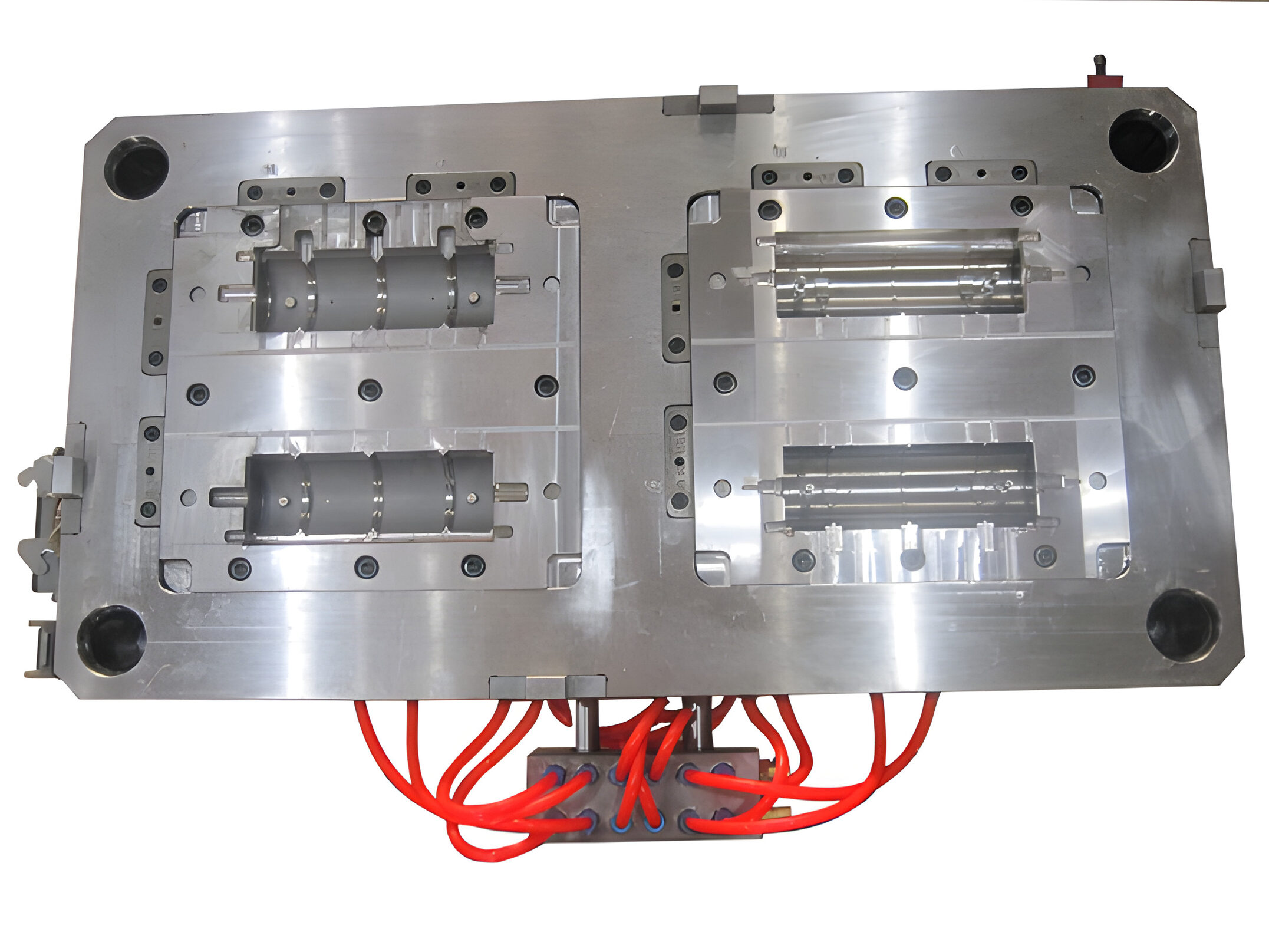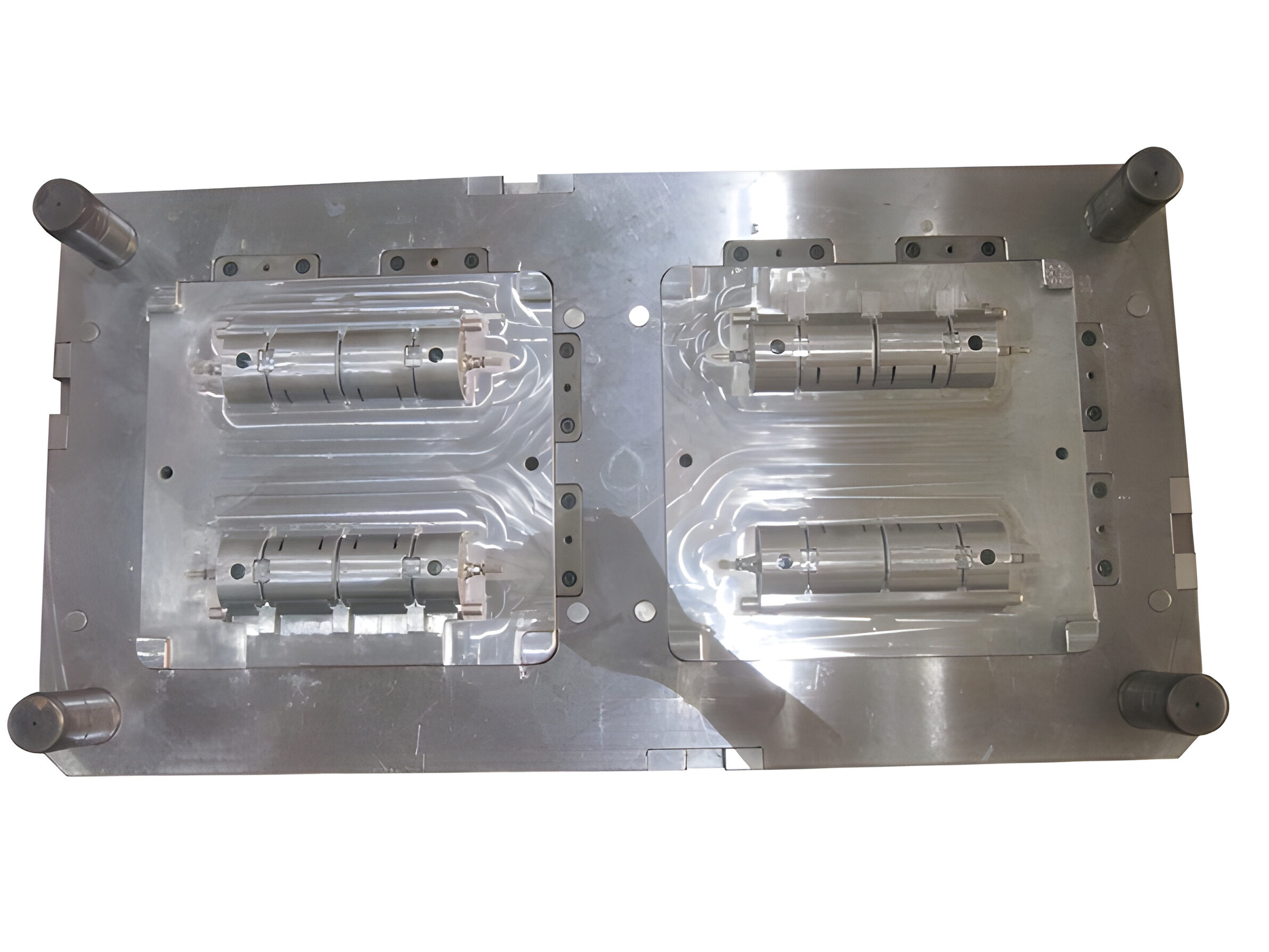In plastic injection molding, the quality and lifespan of molds directly affect production efficiency and part consistency. One of the most effective ways to enhance mold durability and performance is through heat treatment. This process improves mold hardness, strength, and resistance to wear, allowing the mold to perform better under repeated mechanical and thermal stress. Understanding how heat treatment works and how it benefits mold manufacturing is essential for every plastic injection mold manufacturer.
Heat treatment is a fundamental process in the manufacturing of precision molds. It involves heating and cooling metal materials under controlled conditions to alter their internal structure without changing their shape. Through this method, the mechanical properties of the steel—such as hardness, toughness, and wear resistance—are significantly improved.
In mold manufacturing, heat treatment is not just about improving hardness. It ensures that the mold maintains its dimensional stability during high-temperature operations, preventing deformation and surface fatigue. This balance between strength and toughness helps extend the overall service life of injection molds, reducing downtime and maintenance costs.

Every heat treatment process generally includes three main steps: heating, holding, and cooling. During heating, the metal is brought to a specific temperature where its internal structure begins to change. Holding (or soaking) allows the temperature to even out across the part, ensuring consistent transformation. Finally, cooling—either slowly or rapidly—locks in the new structure, giving the metal its desired mechanical properties.
Different heating and cooling rates lead to different results. For molds, precise temperature control during these stages is critical to avoid distortion, cracking, or uneven hardness. That’s why professional mold manufacturers like AAA MOULD carefully manage every detail in the heat treatment process.
Whole (or integral) heat treatment processes treat the entire mold material as a whole. The main types include annealing, normalizing, quenching, and tempering—each serving a specific function in mold preparation and performance enhancement.
A combination of quenching and tempering, often called quench-and-temper treatment, is widely used for mold steels. It ensures the material achieves the right balance of hardness, strength, and toughness—ideal for demanding molding environments.
In addition to whole heat treatment, surface heat treatment focuses on improving the hardness and wear resistance of the mold’s outer layer while keeping its core tough. This approach strengthens the areas most exposed to friction and high pressure during the molding process.
By applying these techniques, mold manufacturers can significantly extend the mold’s surface lifespan, making it more resistant to wear, deformation, and cracking during production cycles.
While surface heat treatment improves mechanical properties, chemical heat treatment goes one step further by changing the surface’s chemical composition. This process allows for enhanced hardness, corrosion resistance, and fatigue strength.
Typical methods include:
These chemical heat treatments are especially valuable for injection molds exposed to corrosive resins, high friction, or extended production runs.
Each heat treatment process contributes differently to mold performance. Combining techniques strategically can yield optimal results. For instance, annealing before machining helps reduce distortion, while quenching followed by tempering ensures strength and toughness after final shaping.
Advanced techniques such as vacuum heat treatment, aging treatment, and cryogenic treatment are increasingly used to refine mold properties further. Vacuum heat treatment, for example, prevents oxidation and decarburization, maintaining surface finish quality and dimensional precision—key factors in high-performance molds.

When properly applied, heat treatment offers tangible benefits. Molds with optimized thermal treatment can maintain their form and function through thousands of molding cycles with minimal maintenance. Increased surface hardness improves resistance to wear, while enhanced toughness prevents cracking and premature failure.
In the long run, these improvements reduce mold replacement frequency, lower overall production costs, and improve product consistency. For manufacturers, investing in professional heat treatment is a cost-effective strategy that leads to better product quality and higher operational efficiency.
In summary, heat treatment is not just a manufacturing step—it’s a critical process that determines how long and how well a mold will perform. From improving hardness and wear resistance to enhancing dimensional stability and fatigue life, each treatment step contributes to the mold’s durability and precision.
At AAA MOULD , we integrate advanced heat treatment technologies into our plastic injection mold manufacturing process to ensure superior quality and long-lasting performance. Whether for automotive, medical, or industrial parts, our precision-engineered molds are built to withstand demanding production environments.